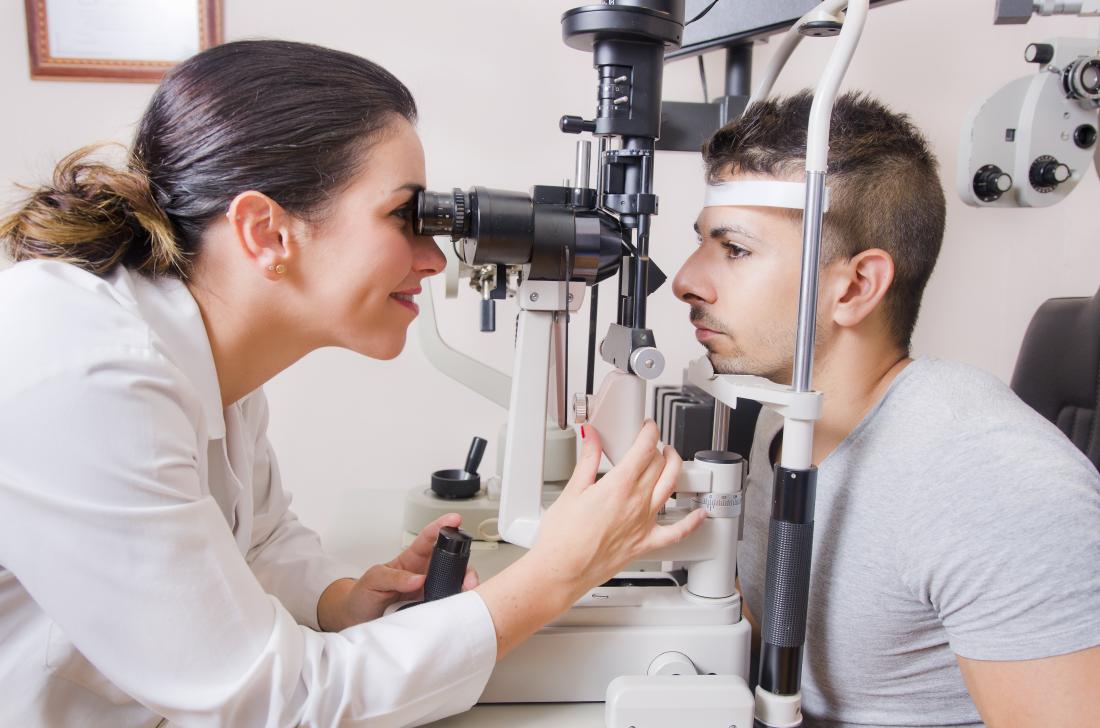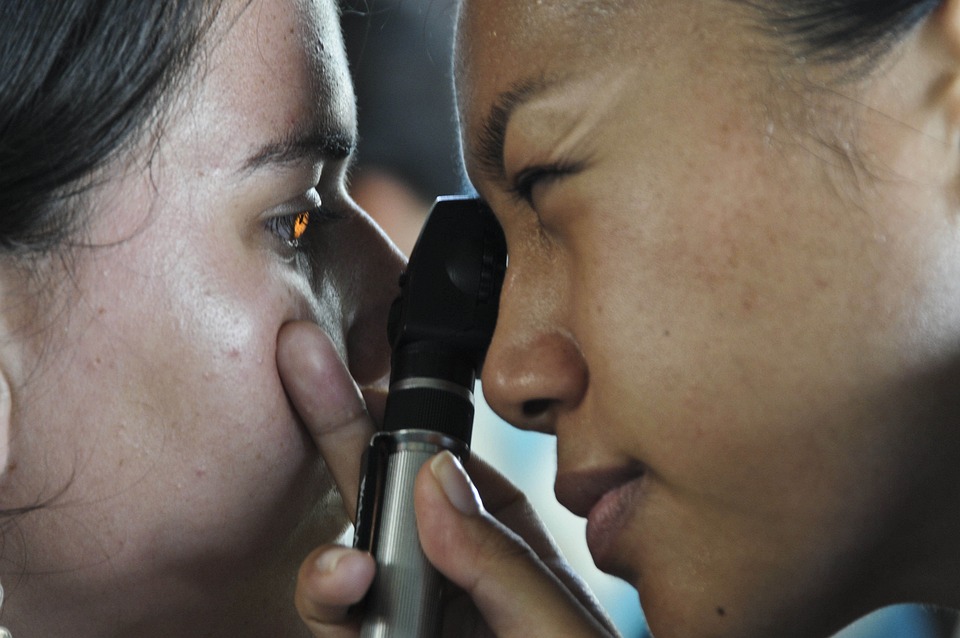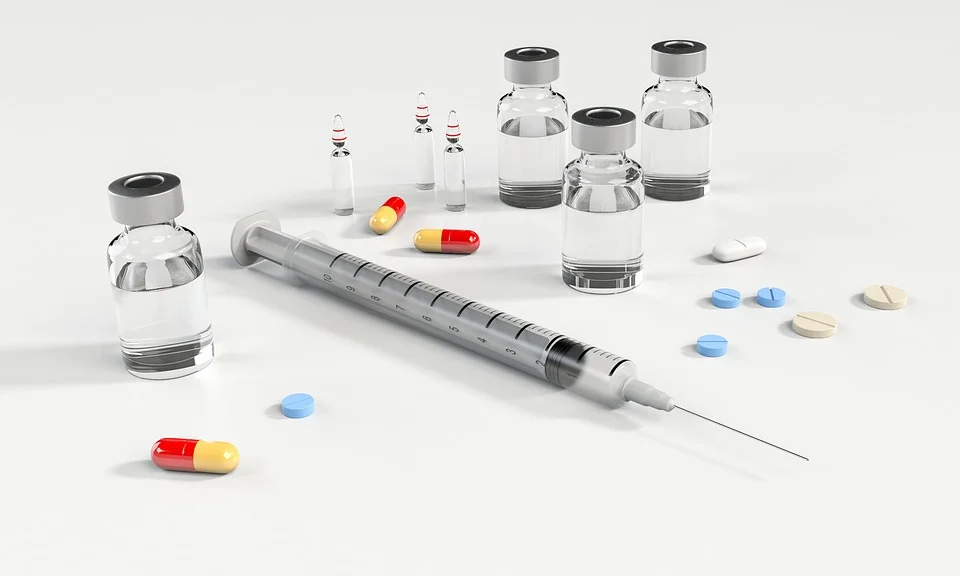The Various Modes of Ocular Drugs Administration
Greetings to all and sundry,
It is a beautiful day today and the middle of the week, slowly January is coming to an end although it seems to take forever to do that, I guess we have no other option than to hold on and wait. How are you doing today though, did you have a good day?

I am here once again and if you know anything about what and why I write I am certain that you already know that we are here for our eye's health as well as our systemic health. I am so much grateful for the read always and I do hope that you continue to stay with me as we learn together every day. Today we are going to look at something interesting and I hope you enjoy it.
Introduction
So let me tell you an interesting story of a patient I had today and what actually instigated this whole topic that I decided to share with you today. I had a patient come in last who was diagnosed having a bacterial infection of the eye for which I prescribed some antibiotics in the form of an eye ointment for her as well as some NSAIDs for the pain.
Due to her proximity to the hospital, I asked her to come in this week for me to take a look at the progress, and thank God I did because she apparently didn't get the instructions with regards to the drug's administration from the dispensary right and instead of putting the thing in and on the eye she smeared it around the eye because it was an ointment and she knows that ointments are to be used on the skin.

And so my management protocol was rendered useless and she was still having lots of the symptoms from the infection present and so I had to educate and direct and show her how she ought to have done it and I am optimistic that by the time she comes around again, everything would have resolved. Now this is not the first time I have seen this happen and a lot of times patients don't get the understanding right and things go wrong on their side.
And so today I am hoping to discuss some of the most common routes of drug administration when it comes to the eye with you and I am hoping that with this should you find yourself in the hospital or the eye clinic and need to receive drugs for treatment you would get things right. So without much ado, let's dive right into it.
Routes of Drug Administration
- Topical Instillation
What this simply means is that we are putting the drug directly on the eye. Due to the sensitivity of the cornea, we advised that you pull the lower lid a bit down and out creating some space below your eye where you can put the drug. This is quite easier for most patients and it doesn't reduce the effectiveness of the drug in any way.
Once the drug gets to the eye and you blink it goes everywhere and gets absorbed into the tissues to perform the necessary function. Topical drugs do not stay concentrated on the eye for long though because there are always tears on the eye to keep it moist and whenever you blink more tears come to spread over the eye.

This is why in severe cases you may be required to instill drops every hour or so to ensure that the concentration remains high on the eye for the highest effectivity. When it comes to topical drugs they come in the form of aqueous or suspensions, ointments, gels, and through contact lenses. The most common ones have been the aqueous or suspensions and ointments.
Now irrespective of which of these may be given you must ensure that they go on the eye itself and not around it or the external. And so you put the drop in the lower lid that red space down there when you pull the lower lid (fornix). And you leave it to work. Ointments may cause a bit of blurry vision and so normally it is advised to be used at night.
Ointments and gels remain active for longer hours through the sustained release of the active ingredients. Contact lenses are rarely used but they come in handy in cases of cornea ulcers where exposure needs to be limited to the atmosphere whiles also providing the necessary medication or care.
- Injections
Don't panic if your Optometrist or Ophthalmologist tells you you need to get an injection in the eye, your eyes ain't gonna burst, it is probably the most effective option available per your condition. For instance, in severe cases of anterior and intermediate uveitis, a sub-tenon injection or a sub-conjunctival injection may be warranted.

It is not the most comfortable of procedures to go through though however be rest assured that we are here for your good and have sworn an oath accordingly so we wouldn't hurt you. The injections routes or processes include subconjunctival where the drug is given just beneath the conjunctiva for easy penetration into the eye through the sclera,
Sub-tenon, where the injection is given in the sub-tenon's space, an area between the sclera and the tenon's capsule. This may be done anteriorly or posteriorly depending on the condition for the best results. You may also be given a retrobulbar injection in the case of needing to administer anesthesia before eye surgeries like cataract extraction.
- Systemic Administration
This may come in the form of oral where you have to take the drug with either water or food for it to pass through the GI tract, the active ingredients are then absorbed and eventually get to work in the eye as it travels through the circulatory system. In cases of uveitis, toxoplasmosis, extreme IOPs relating to glaucoma or trauma, etc, patients would have to take take the systemic route to support the topical route for best efficacy.

You may also be given Intramuscular injections or intravenous injections for best efficacy. As always it would depend on the condition and the site for which we would want the drug to reach work. In situations where fundus angiography needs to be performed, this is done intravenously whiles images of the fundus are captured with red-free filters using a fundus photograph. Drugs with high lipid solubility can get to the eye faster due to their ability to permeate barriers.
Conclusion
Now the most important thing I want you to take from this aside from the knowledge of how these drugs could be administered in diverse ways to work on the eye is that you should always ask when in doubt or confused about anything when you visit the hospital. Do not leave the consulting room or dispensing unit to google later at home.
We owe you a duty of care, to explain your condition to you thoroughly whiles showing you the best options available for you to choose from, we need also to ensure you understand why we are doing anything at any point in time. And so please do not be afraid to ask your doctor. Please notice how I used the word ask and not question?

Some patients can make you feel like you do not know what you are doing and that is very uncourteous and unethical on the part of patients, please do not fall into this category, we ask that you reciprocate the love and respect you show you as patients so that together we can always find a solution to your problems.
As I wrap up I want to gently remind you to avoid over-the-counter medication without appropriate diagnosis and prescription from a licensed practitioner, stay healthy, eat healthily, prioritize your health and your vision, and always have regular checkups, it saves lives a lot of times. Thanks for your time and for reading, see you again, stay safe, and cheers!
Further Reading
Dickmann L. (2016). Ocular Therapeutics: Drug Delivery and Pharmacology. Molecular pharmaceutics, 13(9), 2875–2876. https://doi.org/10.1021/acs.molpharmaceut.6b00703.
Cheng, K. J., Hsieh, C. M., Nepali, K., & Liou, J. P. (2020). Ocular Disease Therapeutics: Design and Delivery of Drugs for Diseases of the Eye. Journal of medicinal chemistry, 63(19), 10533–10593. https://doi.org/10.1021/acs.jmedchem.9b01033.
Gote, V., Sikder, S., Sicotte, J., & Pal, D. (2019). Ocular Drug Delivery: Present Innovations and Future Challenges. The Journal of pharmacology and experimental therapeutics, 370(3), 602–624. https://doi.org/10.1124/jpet.119.256933.
Park, D. H., Connor, K. M., & Lambris, J. D. (2019). The Challenges and Promise of Complement Therapeutics for Ocular Diseases. Frontiers in immunology, 10, 1007. https://doi.org/10.3389/fimmu.2019.01007.
This article is very useful...My husband has been operated on 3 times in his eye. The first was about his ptyredium and the last one lately in his cataract. I'm always having eye drops for his eye because it swells a little becoz she worked very early becoz of stress. Now he said his left eye is also having a cataract. I'm tired of his eye operation it cost a lot.
Awww, I’m sorry to hear that, all of his surgical procedures too ain’t complicated ones and should have insurance cover the majority of it, in Ghana you can have cataract extraction for about 50 dollars equivalent.
I’m optimistic that after extraction of the left eye he wouldn’t have much to worry about anymore though, so do not dismay, everything will be fine
50 Ghana? how much is that? no cost because it was public but our house is very far from the city. Every month he had a check and drops as maintenance
I believe majority people will always prefer the drop administration method because trust me, I can't imagine how the injection method will really goes though
Haha, yes a lot of people are scared of injections when it comes to the eye which is why it is used only in extreme cases where there’s no other option
Thanks for your contribution to the STEMsocial community. Feel free to join us on discord to get to know the rest of us!
Please consider delegating to the @stemsocial account (85% of the curation rewards are returned).
Thanks for including @stemsocial as a beneficiary, which gives you stronger support.